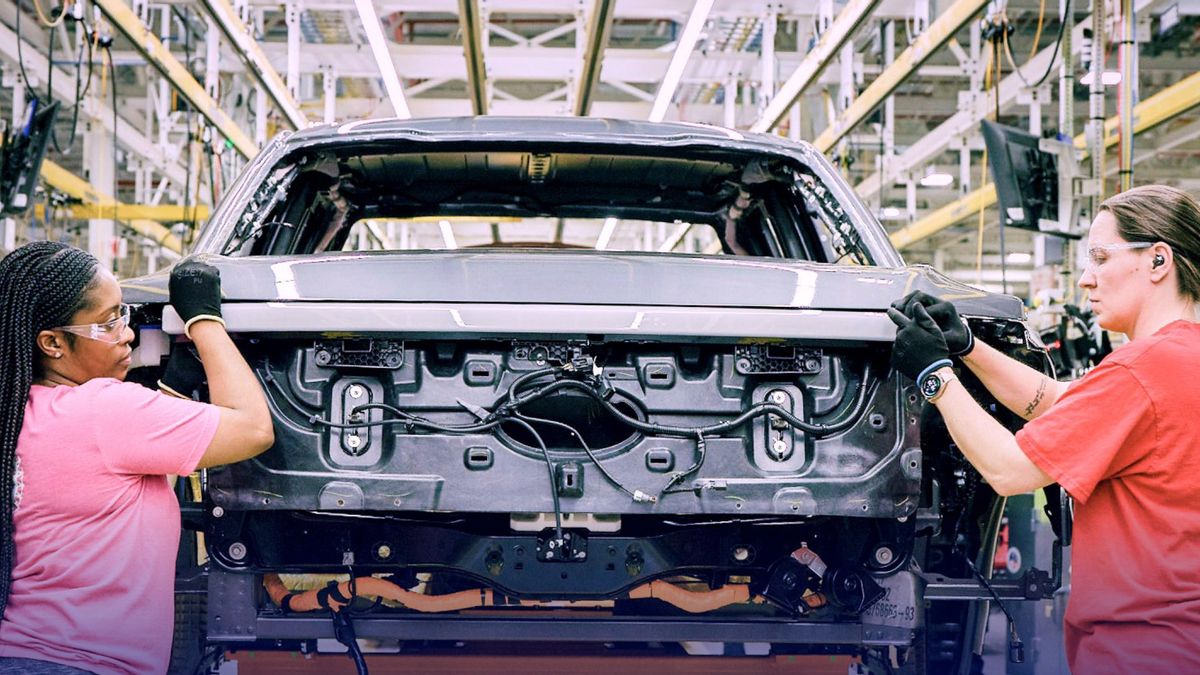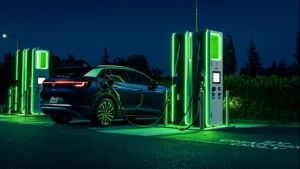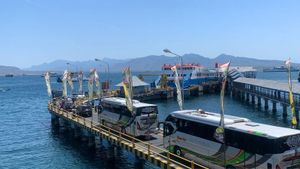JAKARTA - The strike of thousands of automotive union members in the US (UAW) against car manufacturer Detroit Three (Ford, Stellantis, and General Motors) is entering its fifth week and has not shown any signs of ending.
Recently, quoted from Usatoday, October 14, as many as 8,700 workers at Ford's largest factory left their jobs, so the company is at risk of losing a profit of around 30 million US dollars (Rp471 billion) per day.
Meanwhile, as technology continues to develop, the automotive industry is also experiencing a major transformation. Ford and Hyundai, for example, decided to follow in Tesla's footsteps in expanding the sophistication of car production by signing an agreement with Idra, an aluminum printing company from Italy that also supplies advanced engines to Tesla.
Reuters reported and quoted from Carbuzz, October 14, the two automakers are now clients of Idra, and they plan to implement a unique aluminum casting process into their production lines.
Idra himself has just exhibited a gigaspress 6,100 branded Ford with a clamping power that is claimed to be more than 6,000 tons. In addition, a cor engine with the name 9,000 is also exhibited. This is the latest and largest model of Idra, whose size is said to be equivalent to the house.
Reportedly the 9,000 engine will be used by Hyundai. This Korean car manufacturer plans to implement the hypercasting process by 2026 and establish a special factory to produce electric vehicles efficiently. Currently, it is reported that Ford and Hyundai will only use this casting machine for research and development.
Demand for special equipment from Idra continues to increase. The company has delivered 14 press engines to Tesla, including two instances of the 9,000 press to be used to produce highly anticipated Cybertruck electric trucks. The mass production of this electric truck is expected to begin in early 2024. Meanwhile, Tesla is known to be at least six gigapress engines to achieve the annual production of half a million vehicles.
It is known, Tesla was the first automaker to use a printing machine to produce its vehicles. This process not only reduces costs, but also makes production more efficient. Gigacasting eliminates the need for point welding, as chassis is no longer formed from more than 60 components. Hypercasting reduces it to just two or three larger parts. Benefits? This can reduce production costs by about 40%, according to Tesla.
It is hoped that this process will allow Hyundai and Ford to produce more affordable electric cars. However, don't expect this process to be implemented soon. Maybe Ford and Hyundai will use the gigahcasting process for the successors to the F-150 Lightning, Mustang Mach-E, and Ioniq 5.
اقرأ أيضا:
As previously reported by VOI, Toyota has also adopted this method, which significantly reduces production time. The entire back of the chassis can be formed in just three hours, compared to the hours required to assemble the same chassis rear of 86 individual components.
However, behind all this progress, concerns about reducing employees also arise. The increasingly sophisticated automation process can replace human work and reduce the need for human labor.
The English, Chinese, Japanese, Arabic, and French versions are automatically generated by the AI. So there may still be inaccuracies in translating, please always see Indonesian as our main language. (system supported by DigitalSiber.id)














